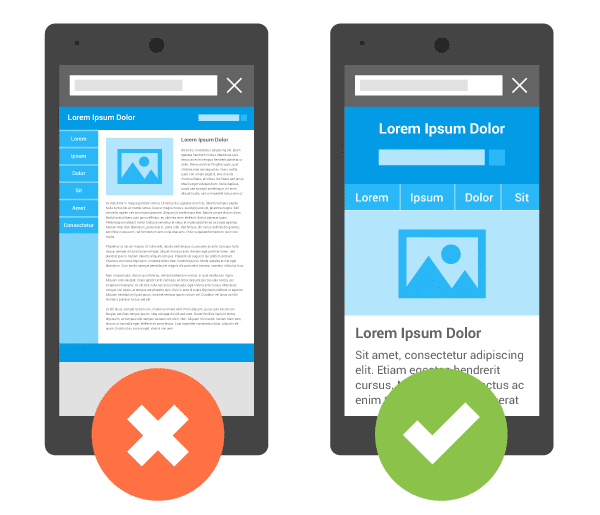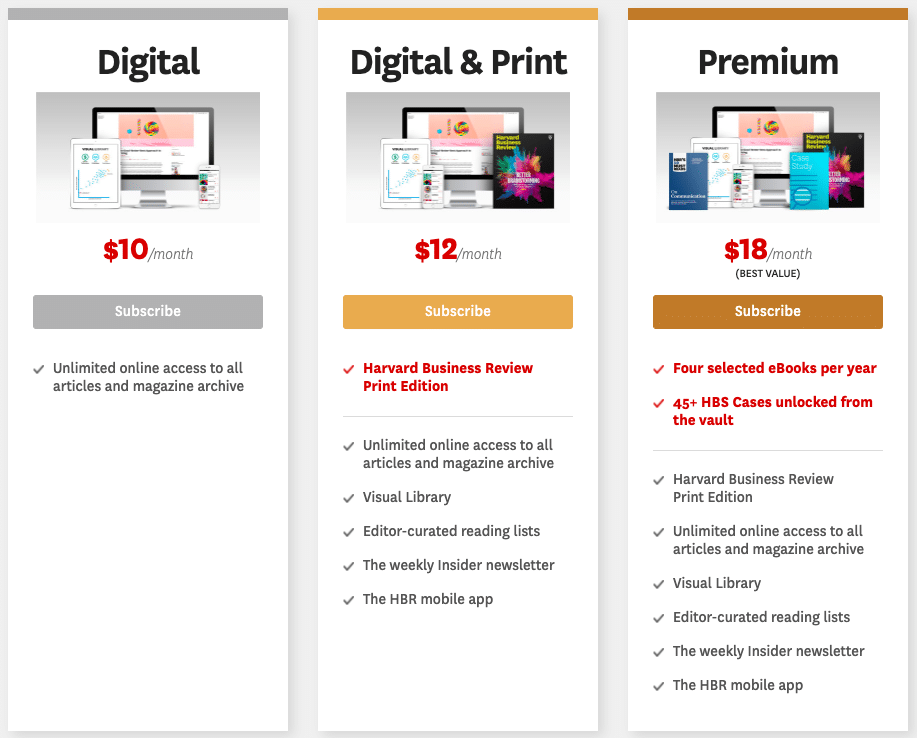You’re eager to monetize your audience. You want to feature on-site ad offerings and to generate additional revenue from your content. But first, you need to drive more high-quality, engaged visitors to your website.
That’s where search engine optimization (SEO) comes in.
SEO strategies help you drive traffic from search engines, reaching querying audiences with the right keywords at the right time — and sending them straight to your relevant pages for more information.
Here’s how to make it happen.
5 SEO Best Practices for Digital Publishers
There are many SEO strategies you can employ to optimize your website for search results, improve user-friendliness, and target the most engaged audiences.
1. Include Relevant Keywords
Conduct keyword research to find keywords with high search volume and low competition. Use tools such as SpyFu, SEMrush, and Google Keyword Planner to see the terms your audiences search for.
Say you run a fitness blog highlighting gym equipment. Search “gym equipment” on SpyFu and see that people are searching for specific keywords, such as “best home gym equipment” and “how to use gym equipment for beginners.”

Once you locate those keywords, include them in relevant articles or website pages to increase their chances of showing up in search results. You should also include keywords in title tags, meta descriptions, and image tags. Avoid keyword stuffing, however, ensure that keywords fit seamlessly and effectively in high-quality content.
2. Link to Internal and External Pages
Linking to other high-quality pages on your own site and third-party sites helps search engines associate your website with relevant content and register the value and message of your page.
When including links in your copy, use searchable keywords as anchor text. If you’re linking to an article about small business marketing, for example, and you know a high-volume keyword is “marketing tips for small businesses,” use that text for your link.
3. Make It Mobile-Friendly
Over 80% of Americans own smartphones, and mobile drives more than half of all global website traffic. It’s crucial to optimize your website for mobile, ensuring that pages load quickly across devices and content doesn’t get warped on smaller screen sizes.
Google recommends using mobile-friendly solutions such as responsive web design, which serves the same code to all devices, but automatically alters your pages to fit the appropriate device. So, instead of seeing a shrunken version of a desktop page, you see one properly fitted for mobile, like this:

Also, check your website with Google’s Mobile-Friendly Test to see how it scores and if you can make improvements for mobile readers.
4. Optimize Images
Optimize images for search by including keywords in your file names and image descriptions. This strategy helps search engines find and index your images. Google also recommends using HTML tags <img> or <picture> when embedding images into your pages.
Beyond keywords and copy, use common filetypes such as JPEG and PNG, which are easily recognized by devices and browsers, and ensure images are high resolution to provide a better experience for your visitors and keep them engaged with your page.
5. Get an SSL Certificate
If you’ve ever tried to access a site and been told that it’s insecure, chances are that it had http at the beginning of its URL, instead of https. The latter uses encryption to create a more secure connection between your server and your visitors’ web browsers. If you don’t have an https URL, you risk losing readers and hurting your search ranking.
You need a Secure Sockets Layer (SSL) certificate to transition from http to https. Registering this certificate to your site helps weed out hackers and security threats that could access your site information.
How to Monetize Your Search Audience on Arrival
Now that people are finding your site through search, ensure you’re using the right ad strategies to keep them engaged and generate revenue.
Publish Sponsored Content
Sponsored content takes the form of organic content, it could be a blog post, article or video, for example, but it’s paid for by an advertiser. This content fits seamlessly into the consumer experience instead of interrupting it, but it should come with a disclaimer, such as “Sponsored” or “Ad.”
Amway, for example, sponsored this Forbes article highlighting nutritional tips for boosting workout routines. The post is even paired with a clickable display ad on the right-hand side of the page.

Offer Subscription Packages
Many publishers provide paid membership programs for loyal readers and premium users. Subscribers pay a monthly or yearly fee in exchange for access to exclusive content or unlimited articles.
Take Harvard Business Review, it uses a tiered-subscription model for consumers of digital content, print content, and premium content.

Launch Discovery Advertising
Discovery advertising provides readers with content that’s related to their interests and relevant to the article they’re already consuming. With Taboola Feed, publishers can programmatically offer personalized, recommended content at the end of an article, keeping visitors engaged and scrolling, just as they do on social media. Taboola also puts publishers in control, helping them manage content with keyword filters and category selection, serving the right ads for their audiences.
When Reach PLC, the largest online publisher in the UK, needed to increase revenue across its network of over 120 news sites, it partnered with Taboola. By implementing Taboola Feed in an infinite scroll page format, the publisher increased revenue by 65% and boosted traffic by 30% across its network.
Choose the right monetization strategies for your publication and audience, so you can make good on those SEO strategies and drive more revenue as traffic starts to flood in.